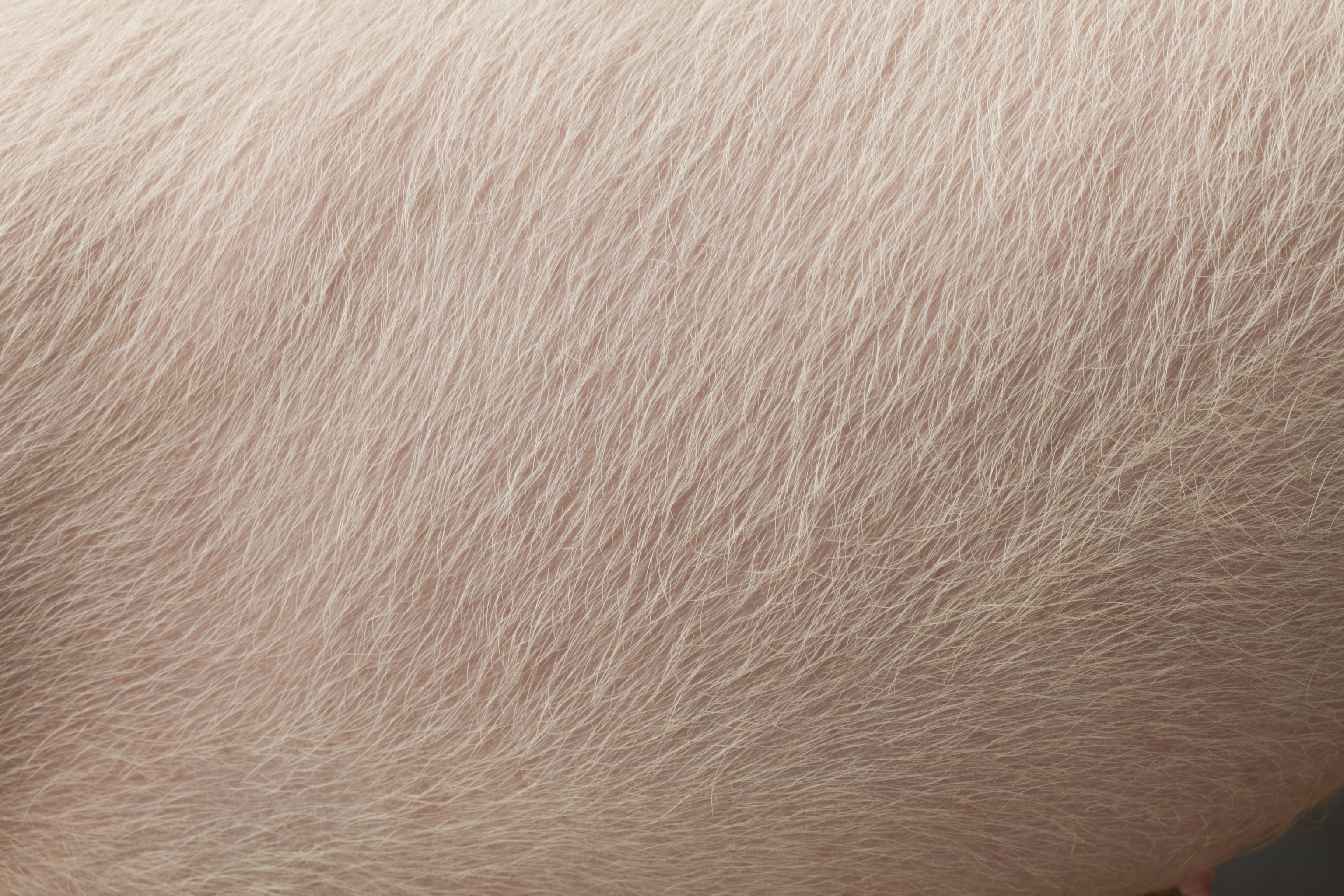Introduction
Zinc is one of the most important trace elements in animal nutrition because it ensures the activity of several enzymes involved in cellular signalling, digestion, cellular respiration, and nucleic acid metabolism . Zinc oxide (ZnO) is commonly used at pharmacological dosage (Pharma ZnO) to reduce the incidence and the severity of post-weaning diarrhea, preventing the intestinal damages due to pathogenic bacteria . Dietary supplementation with ZnO has a beneficial effect on the stability of the intestinal microflora of weaned piglets as well as on the morphology of the small intestine .
Recent studies indicated the induction of antimicrobial resistance caused by this trace element and it is well-known the environmental pollution caused by its administration in swine . For these reasons, the use of Pharma ZnO will be shortly banned in Europe and, probably, other countries will follow this reduction in use.
We hypothesized that lower inclusion of microencapsulated ZnO can improve its availability in the intestinal tract, leading to an improvement in growth performance comparable to Pharma ZnO but, at the same time, with a reduced loss of the trace element in the environment, avoiding environmental pollution.
The aim of this study was to evaluate the effect of low doses microencapsulated ZnO (Zincoret®S, Vetagro, Italy), compared to Pharma ZnO, on growth performance and fecal zinc level in weanling pigs.
Materials and methods
The experimental protocol used in this study was approved by the Animal Care and Use Committee of Dankook University. A total of 50 crossbred pigs with an initial body weight (BW) of 7.66 ± 1.30 kg were assigned randomly to 2 dietary treatments based on their sex and BW in this 34 d feeding trial. Each pen housed five pigs (two gilts and three barrows), and there were 5 pens per treatment. Treatments were as followed: (1) ZnO 3000 ppm (Pharma ZnO) and (2) microencapsulated ZnO (Zincoret®S, Vetagro SpA – 300 ppm of product, 150 ppm of ZnO). Individual pig BW and pen-based feed intake were recorded at the end of the trial (day 34) to determine average daily gain (ADG), average daily feed intake (ADFI), and gain:feed ratio (G:F).
Feces samples were randomly collected directly via massaging the rectum of two pigs in each pen (one gilt and one barrow) at the end of the experiment, and then pooled and prepared for mineral analysis by a modified dry ash method (AOAC 2000).
Data were analyzed using an umpaired t test using GraphPadPrism. Differences were considered significant at P < 0.05.
Results and discussion
Pigs fed Zincoret®S had a significantly higher final BW (Fig. 1A), significantly higher ADG (Fig. 1B) and G:F (Fig. 1C), than pigs fed pharma ZnO, whereas the ADFI did not show differences between dietary treatments (Fig. 1D). The lower level of ZnO, when microencapsulated, was able to better reach the intestinal tract being more available for the animals, resulting in better performance compared to Pharma ZnO group. At the same time, pigs fed Zincoret®S showed a lower zinc level in feces than pigs fed Pharma ZnO, confirming the hypothesis that feeding a lower inclusion, but microencapsulated, allows a better utilization of ZnO and a lower excretion.
Figure 1: Pigs fed microencapsulated ZnO (Zincoret®S) showed increased final body weight (A), ADG (B) and G:F (D), while ADFI was not affected by treatment. Microencapsulated ZnO allowed also to decrease excretion of Zn through feces (E). Data are represented as mean ± standard deviation. Data were analyzed using an unpaired t test and differences were considered significant at P < 0.05.
Conclusions
In conclusion, results indicated that the supplementation with microencapsulated low level of ZnO (150 ppm) shows better results on growth performance and fecal zinc level (reduced loss in the environment) compared to Pharma ZnO (3000 ppm), being an attractive alternative in view of the upcoming reduction in use.
References
Hill, G.M.; Shannon, M.C. Copper and Zinc Nutritional Issues for Agricultural Animal Production. Biol. Trace Elem. Res. 2019, 188, 148–159, doi:10.1007/s12011-018-1578-5.
Hill, G.M.; Mahan, D.C.; Carter, S.D.; Cromwell, G.L.; Ewan, R.C.; Harrold, R.L.; Lewis, A.J.; Miller, P.S.; Shurson, G.C.; Veum, T.L.; et al. Effect of pharmacological concentrations of zinc oxide with or without the inclusion of an antibacterial agent on nursery pig performance. J. Anim. Sci. 2001, 79, 934–941, doi:10.2527/2001.794934x.
Owusu-Asiedu, A., Nyachoti, C.M., and Marquardt, R.R. 2003. Response of early-weaned pigs to an enterotoxigenic Escherichia coli (K88) challenge when fed diets containing spray-dried porcine plasma or pea protein isolate plus egg yolk antibody, zinc oxide, fumaric acid, or antibiotic. J. Anim. Sci. (2003), 81: 1790–1798. doi:10.2527/2003.8171790x. PMID:12854816
Grilli, E.; Tugnoli, B.; Vitari, F.; Domeneghini, C.; Morlacchini, M.; Piva, A.; Prandini, A. Low doses of microencapsulated zinc oxide improve performance and modulate the ileum architecture, inflammatory cytokines and tight junctions expression of weaned pigs. Animal 2015, 9, 1760–1768, doi:10.1017/S1751731115001329.
Yazdankhah, S.; Rudi, K.; Bernhoft, A. Zinc and copper in animal feed – development of resistance and co-resistance to antimicrobial agents in bacteria of animal origin. Microb. Ecol. Heal. Dis. 2014, 25, doi:10.3402/mehd.v25.25862.For more information: marketing@vetagro.com









